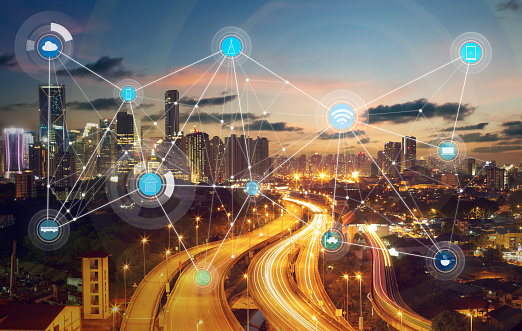Don’t Let a Disaster Destroy Your Holidays
The festive season is fast approaching, and it is a well-deserved opportunity to celebrate with friends and family. However, the joy of the holidays...
2 min read
Lance Stone : Jul 11, 2019 1:55:57 PM

Windows 10 comes a step closer to preventing cyberattacks and privacy threats facing users. It’s a next-generation solution that helps you fight threats from hackers and criminals who target your business. This is a big plus for cybersecurity managers. The past several years have brought some of the worst and most frequent cyberattacks in history. Security professionals are constantly on the lookout for new ways to prevent network breaches and safeguard the data of clients and the enterprise. Let’s take a closer look at how Windows 10 can help.
Microsoft introduces Windows as a service in this version of their OS. It includes a unique way of creating, implementing and maintaining Windows. Each update adds new features to protect the security and privacy of users. The idea is that protection is layered into the functionality so that it doesn’t affect performance or distract users.
Windows; Core Services Engineering and Operations is thus better able to protect data and privacy. Built-in features identify suspicious activity that can put your business in jeopardy. This helps your security team detect and block sophisticated attacks faster. Releases focus on adding new features that combat new or anticipated risks. This is all possible thanks to the software giant’s finger on the pulse of the latest ransomware and malware hitting around the globe.
Windows 10 is considered to be the most secure version yet released. Because Microsoft has addressed cyberattacks during the engineering phase, improved security itself becomes a major bulwark, protecting your system from files and executables sent by hackers.
Here are some of the ways that Windows 10 improves its protection, including the new tools that can detect threats:
Windows 10 has built-in identity and access management protocols. This advanced technology safeguards user identities. For example, Windows Hello presents an alternative to passwords. It uses many factors to achieve solid security, such as a PIN, biometrics and a companion device.
Credential Guard uses NTLM-based authentication protocols, while Windows pass the hash (PtH) method authenticates without displaying the user’s text when a password is being entered. There’s also a hardware-based component that also limits access.
While 57% of organizations offer training and incentives to security recruits, it’s hard to keep these resources for very long. This is due mainly to the high demand for qualified candidates. With additional protection built into applications themselves, busy cybersecurity teams can concentrate on other crucial tasks to protect the company’s data and reputation.


The festive season is fast approaching, and it is a well-deserved opportunity to celebrate with friends and family. However, the joy of the holidays...

We don’t bill you for work that is our responsibility. We offer plans for an hourly fee or managed IT services for a flat-rate fee, so you can choose...

For many people, the vision of a world of driverless cars represents a commuter’s utopia, and for good reason. Commuting is costly, not only in terms...

On Time Tech is an IT Support and Computer Services company serving California. We provide services to the areas in and around We know businesses like yours need technology support in order to run highly-effective organizations. Leverage pro-growth technology services for your company now.
© 2025 On Time Tech